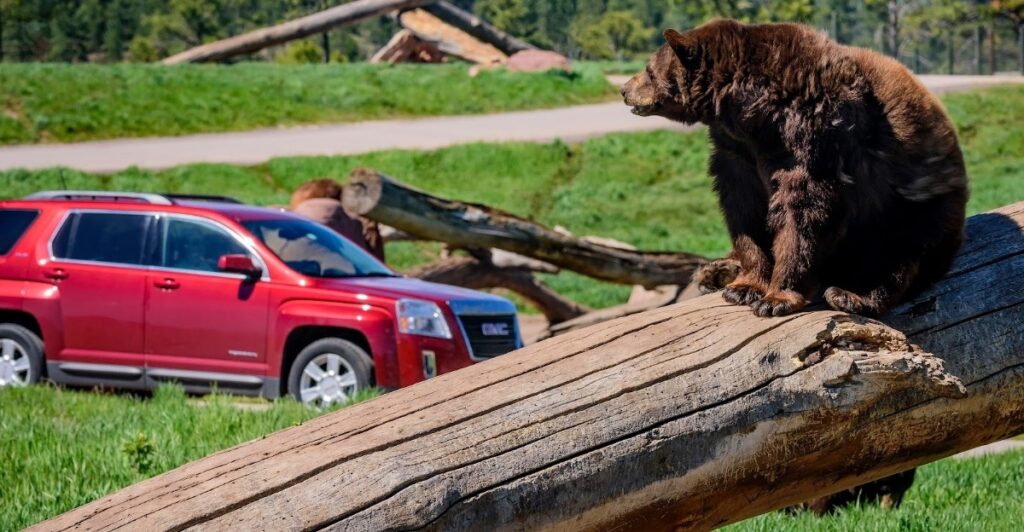
Black bears are a quintessential part of the American wilderness. Found across the country, these adaptable creatures thrive in diverse environments, from mountain ranges to lush forests. Here, we list the top ten states with the highest black bear populations in 2024, offering insights into where these iconic animals are flourishing.
1. Alaska
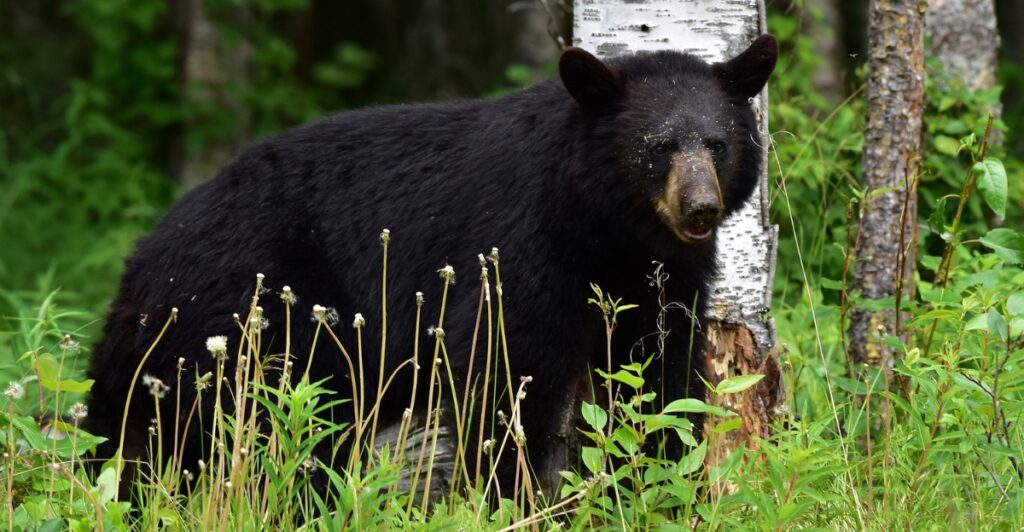
Topping the list, Alaska is home to approximately 100,000 black bears, the largest population in the United States. The state’s expansive wilderness offers an abundance of food and shelter, from coastal rainforests to inland tundra. Black bears thrive here, feasting on salmon during spawning seasons and foraging for berries in the vast undergrowth. The minimal human interference in their habitats allows these animals to roam freely and maintain healthy populations. In Alaska, spotting a black bear is relatively common, as these creatures are integral to the state’s natural ecosystems.
2. California
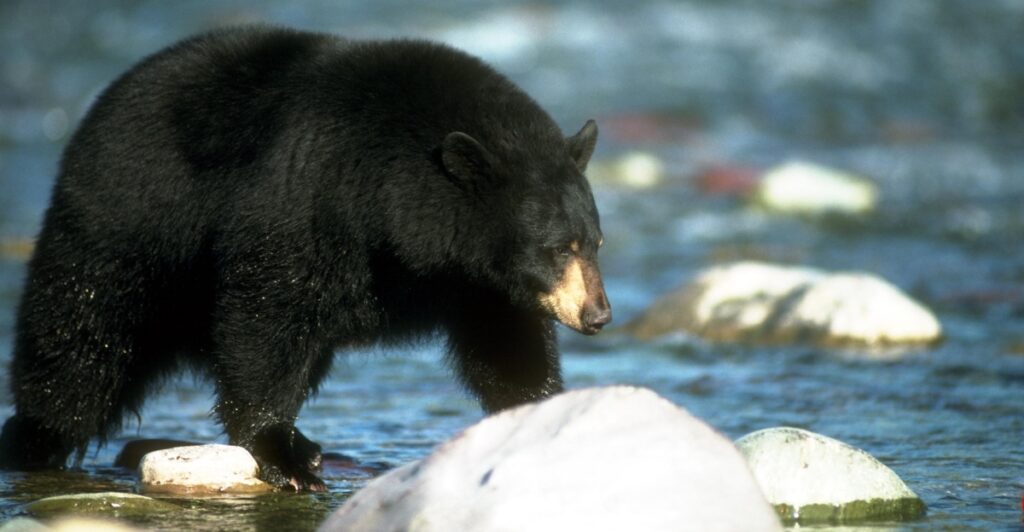
California hosts an impressive 35,000 black bears, found in habitats ranging from the towering redwood forests to the Sierra Nevada. Compared to their Alaskan counterparts, California’s bears adapt to a broader range of climates, making them a fixture of the state’s diverse ecosystems. While they primarily avoid human interaction, sightings in popular national parks like Yosemite are not common. With an abundance of food sources, from nuts to insects, these bears are major contributors to maintaining the balance of California’s natural world.
3. Maine
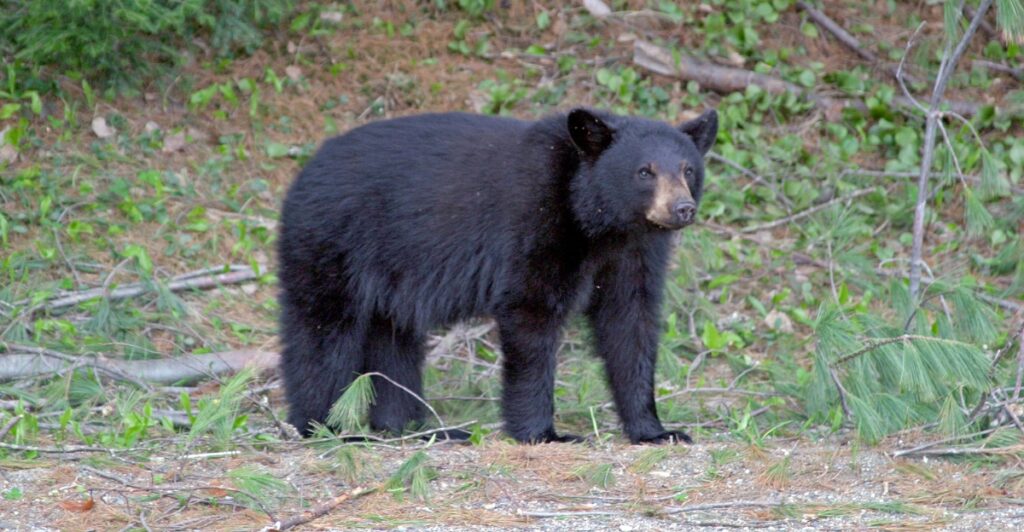
Maine ties with California, also supporting a population of around 35,000 black bears. Its northern and western regions provide dense woodlands rich in food, such as berries, nuts, and roots. Black bears here prepare for the long winters by consuming as much as they can during the late summer and fall. Maine’s bears are quite elusive, often hiding deep in the wilderness, but their presence is felt across the state as they influence plant growth through seed dispersal.
4. Idaho
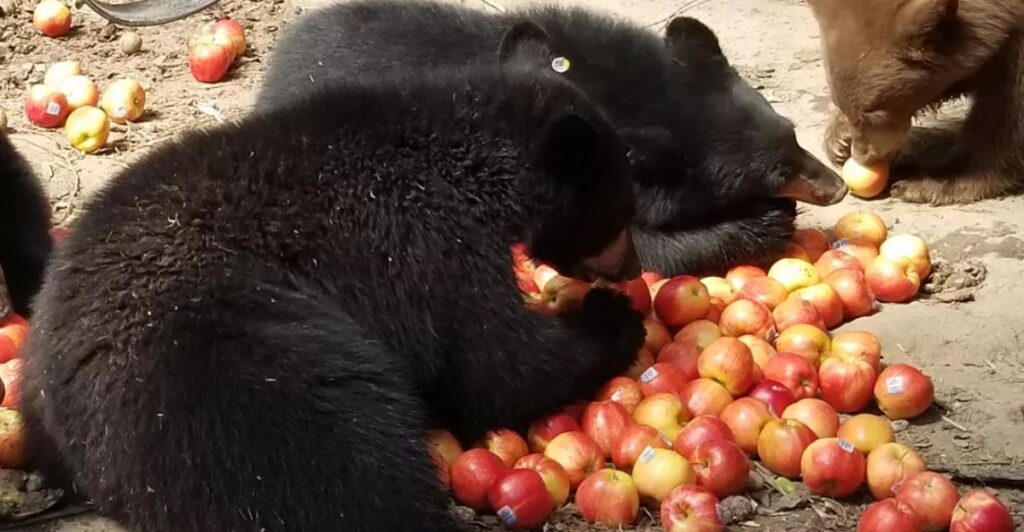
With approximately 30,000 black bears, Idaho is another haven for these creatures. The state’s mountainous terrain, including the Sawtooth and Bitterroot ranges, provides a perfect home. Black bears in Idaho have an omnivorous diet, ranging from wild berries to small mammals, and their activity supports the health of local ecosystems. These animals are skilled climbers and foragers, navigating the rugged landscapes with ease. Idaho’s extensive wilderness ensures that its black bear population thrives, offering a glimpse into nature’s balance for those who venture into the backcountry.
5. Oregon
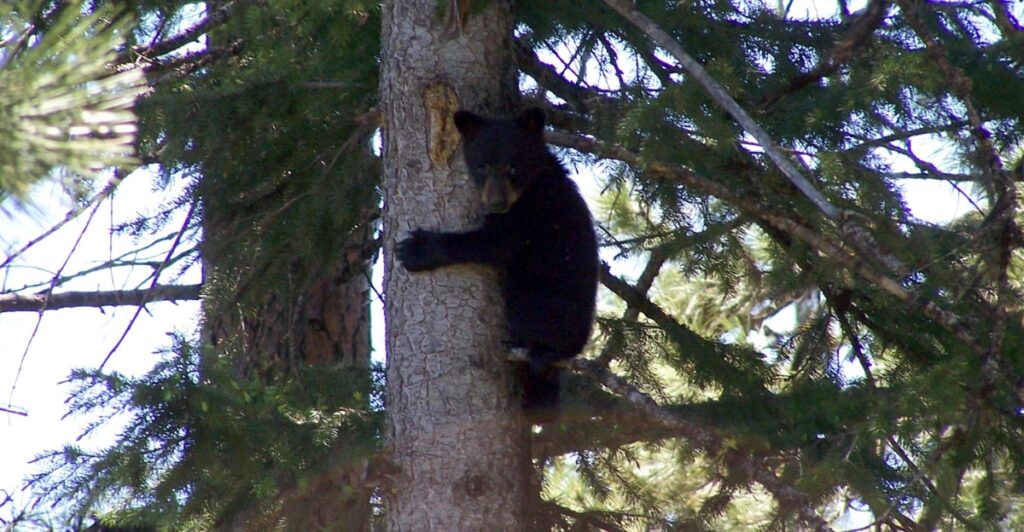
Oregon’s 27,500 black bears are a key part of its forests and mountains. The Cascade Range, with its dense, misty woods, is a prime location for black bears to forage and find shelter. These animals are incredibly resourceful, helping to control insect populations and spread seeds throughout the ecosystem. Whether near the coast or high in the mountains, Oregon’s black bears are an essential part of the state’s natural identity. The way that these bears coexist with such lush, biodiverse environments is a true marvel.
6. Washington
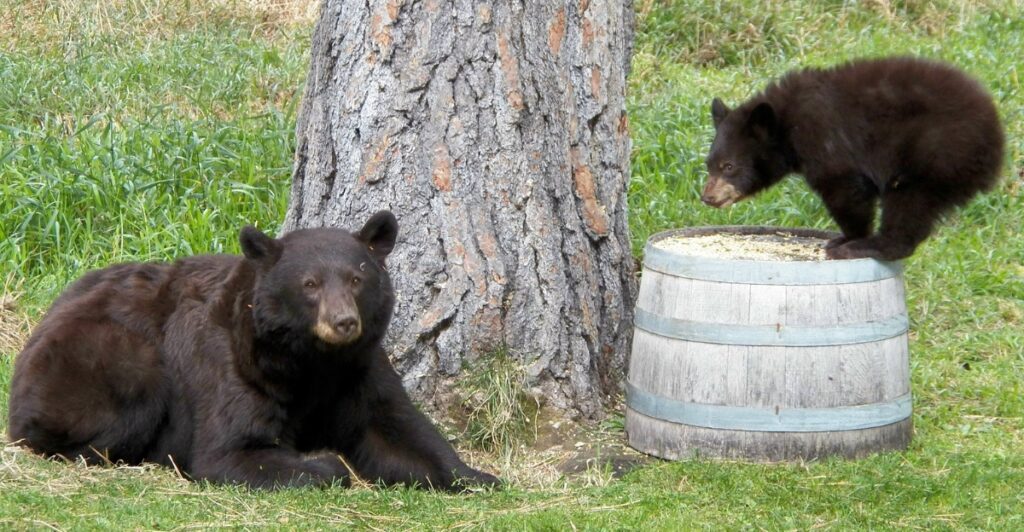
Washington matches Oregon with around 27,500 black bears thriving in its varied landscapes. From the rain-soaked Olympic Peninsula to the drier eastern forests, the state offers diverse habitats for these animals. Black bears in Washington find ample food in berries, nuts, and occasional small prey, supporting a healthy population. Their adaptability allows them to live in areas close to human settlements, though they prefer the quieter reaches of the state’s wilderness. Washington’s bear population plays a vital role in maintaining its forests and the other species they sustain.
7. Wisconsin
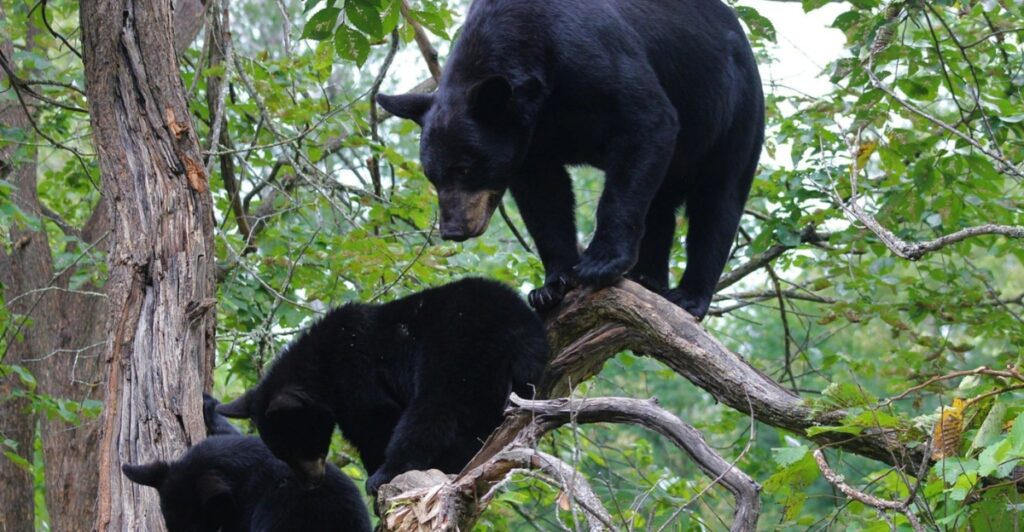
Wisconsin’s 24,000 black bears are mostly concentrated in the northern forests, where they thrive in a mix of coniferous and deciduous trees. These forests provide the perfect setting for black bears to forage for food, from acorns to insects. Unlike states with sprawling mountains, Wisconsin offers more modest terrain, but its bear population has adapted seamlessly. Wildlife experts in Wisconsin work diligently to ensure the population remains stable, balancing conservation with human safety as black bears occasionally wander into suburban areas.
8. North Carolina
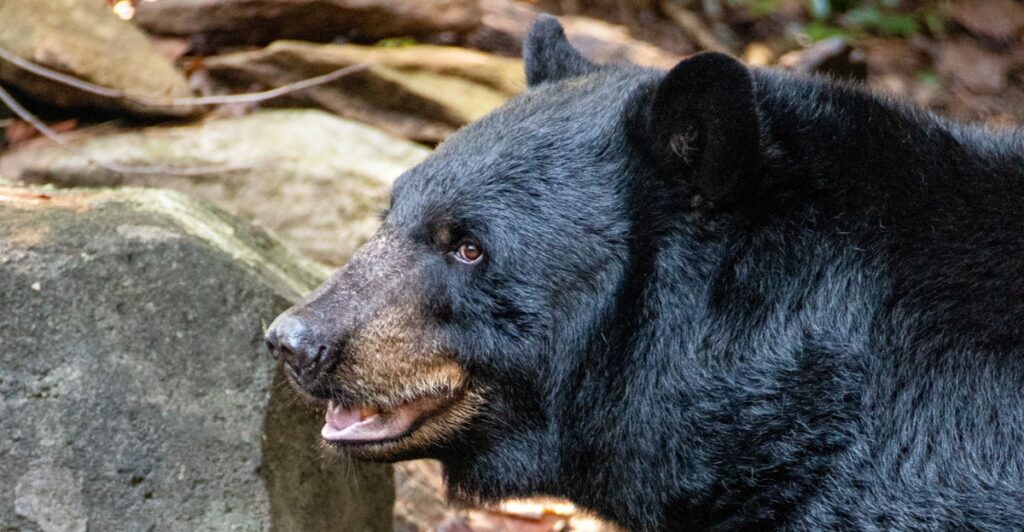
Home to 20,000 black bears, North Carolina offers some of the most scenic habitats for these animals. The Great Smoky Mountains, with their rolling hills and dense forests, are a stronghold for black bears. Coastal plains also provide another habitat, though bears here are more solitary and harder to spot. Black bears in North Carolina are also culturally significant, often featured in local folklore, and they’re a testament to the state’s thriving wildlife conservation efforts.
9. Pennsylvania
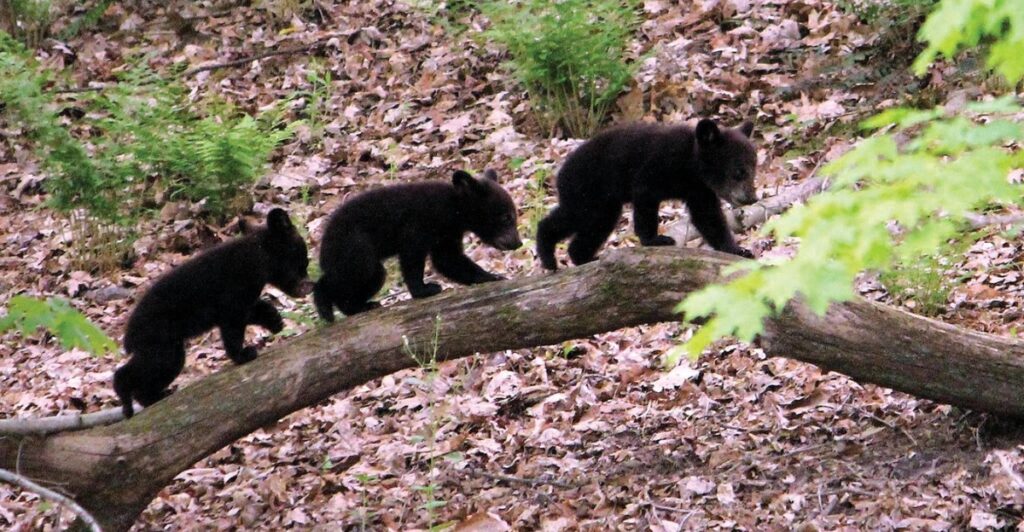
Pennsylvania is also home to 20,000 black bears, largely found in the state’s northern forests and mountainous regions. These bears live highly versatile lives close to fragmented woodlands, occasionally venturing near farmland. They have a diet that includes everything from wild fruits to insects, helping them flourish despite increasing urbanization. Wildlife enthusiasts often journey to Pennsylvania’s rural areas to catch a glimpse of these elusive creatures.
10. Colorado
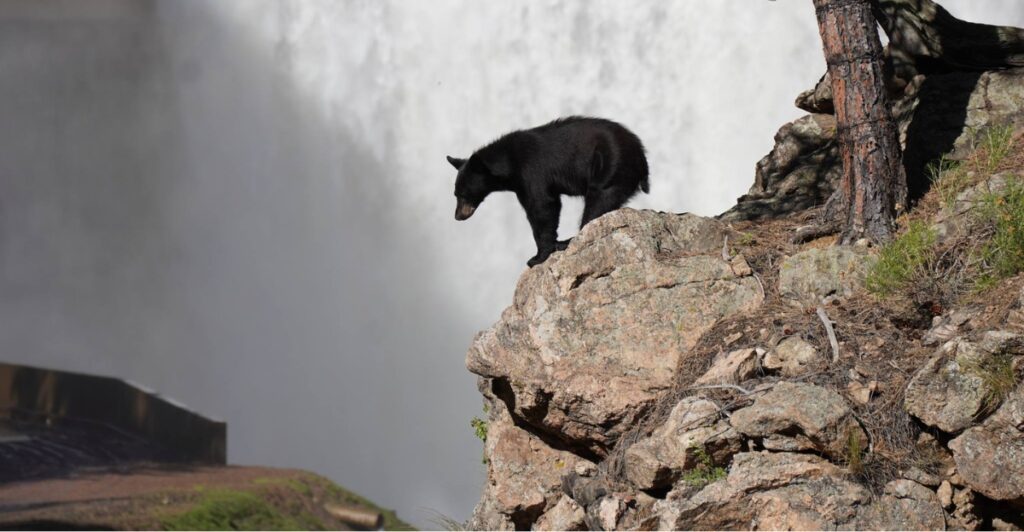
Rounding out the list is Colorado, with around 18,500 black bears, primarily inhabiting the Rocky Mountains. These bears are frequently spotted along hiking trails and near mountain towns, where their search for food sometimes brings them close to human activity. Black bears in Colorado rely on the region’s rich resources—berries, nuts, and trout from mountain streams. The state prioritizes coexistence strategies, ensuring both the bears and local residents can thrive in shared spaces.
Resources:
- World Population Review: Black Bear Population by State 2024
- Medium: 6 States With The Most Black Bears
Stay connected with us for more stories like this! Follow us to get the latest updates or hit the Follow button at the top of this article, and let us know what you think by leaving your feedback below. We’d love to hear from you!







